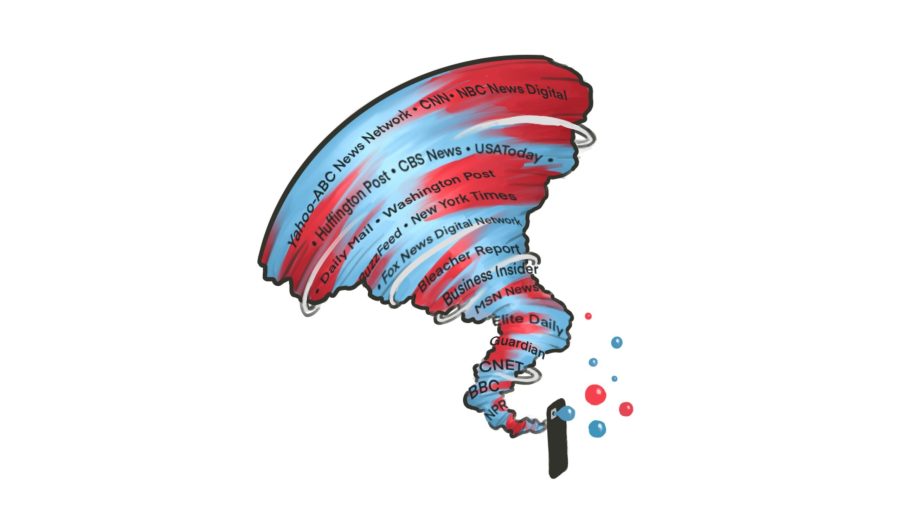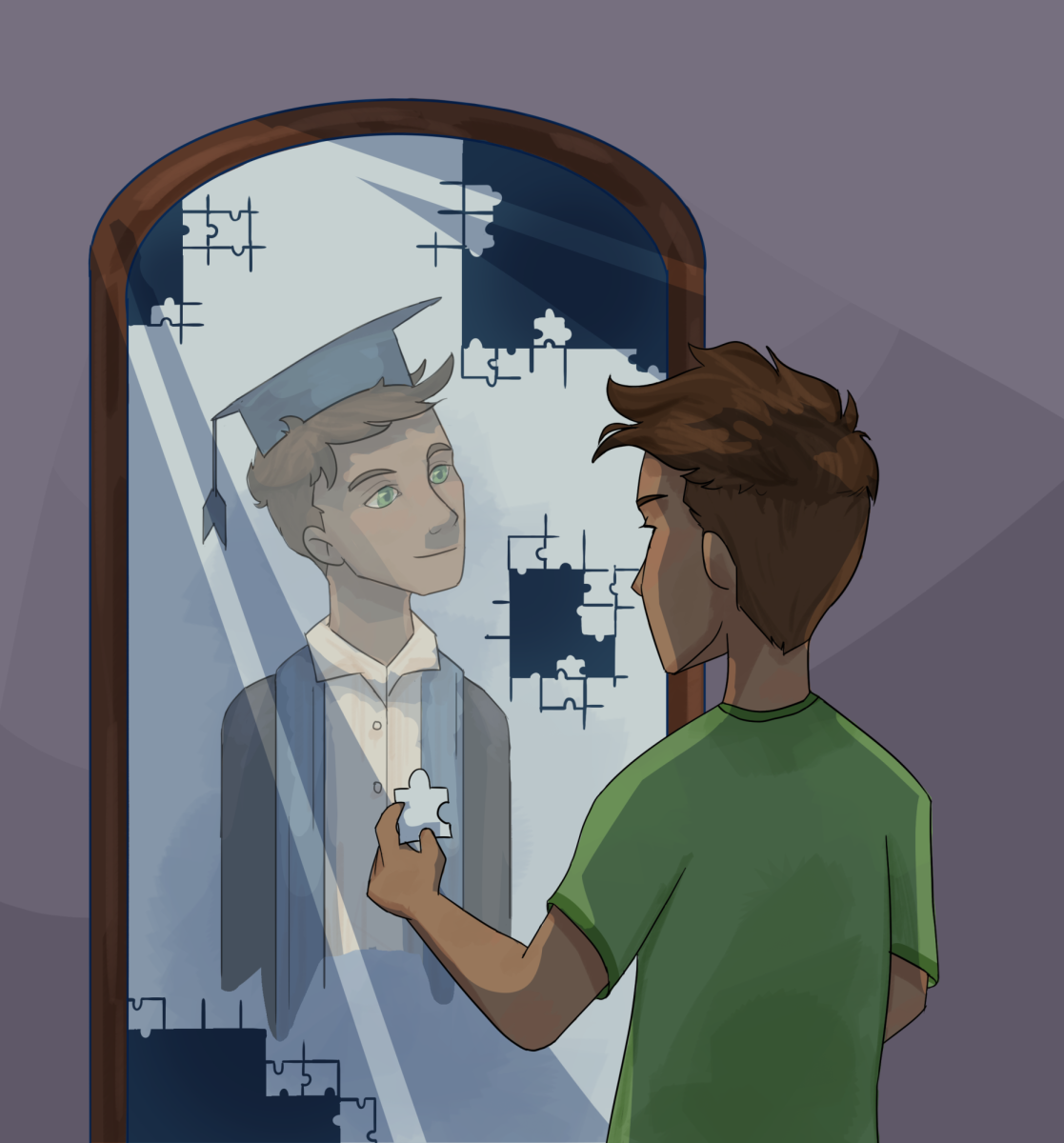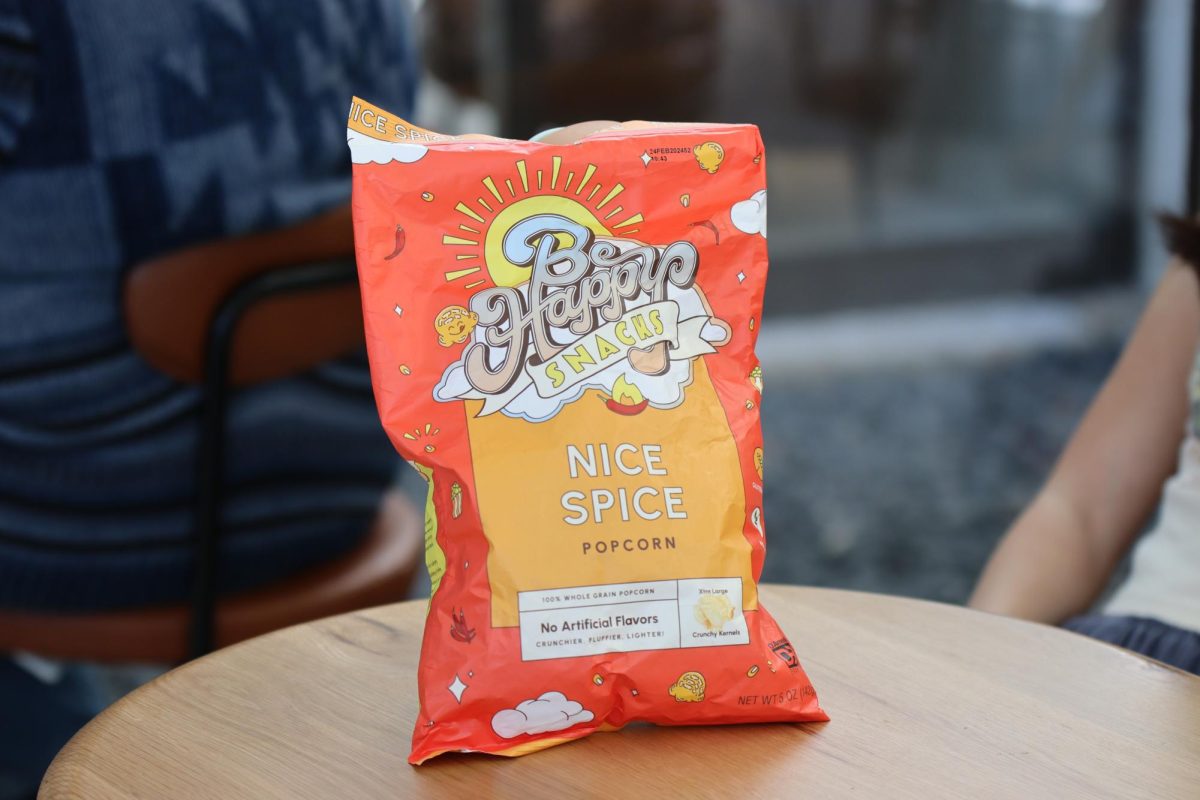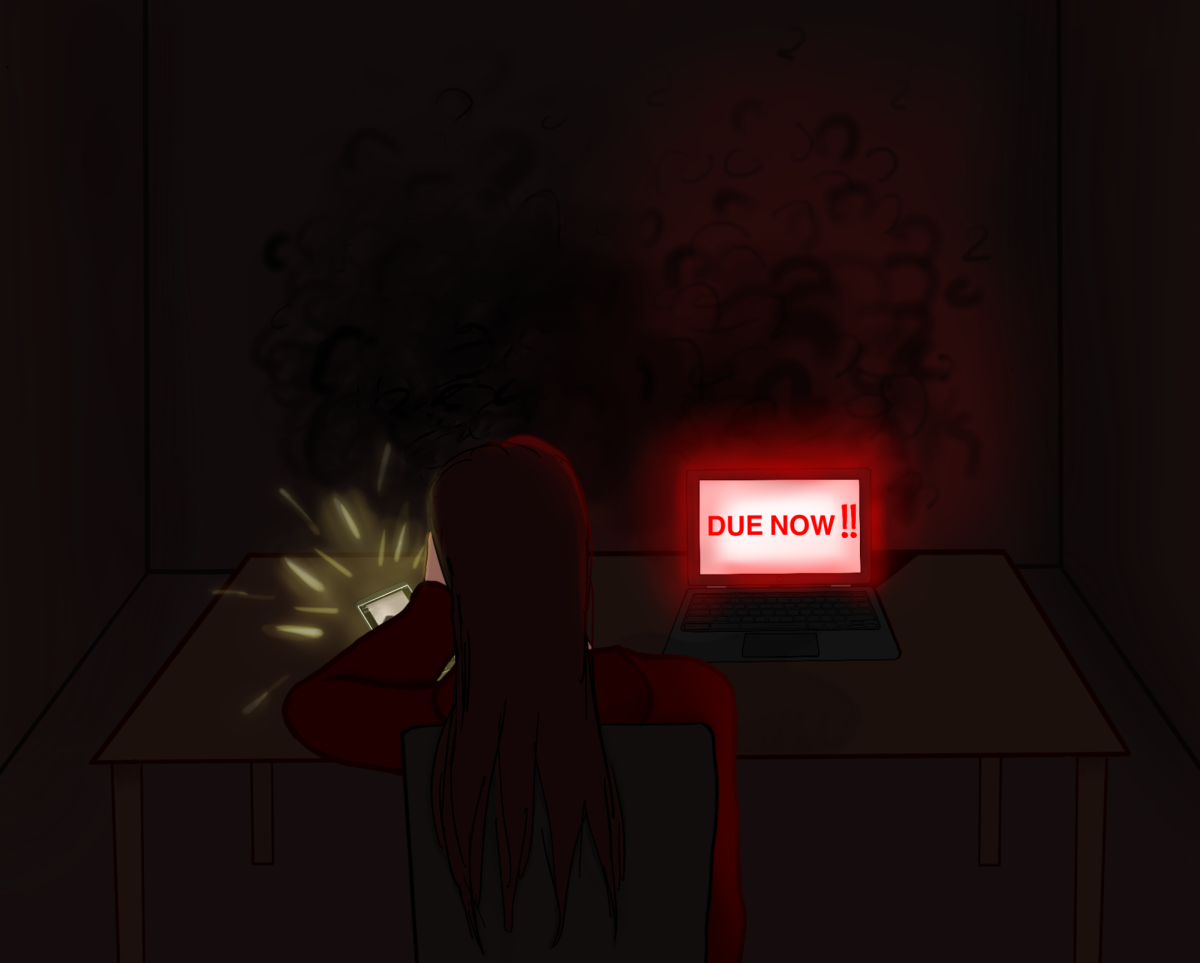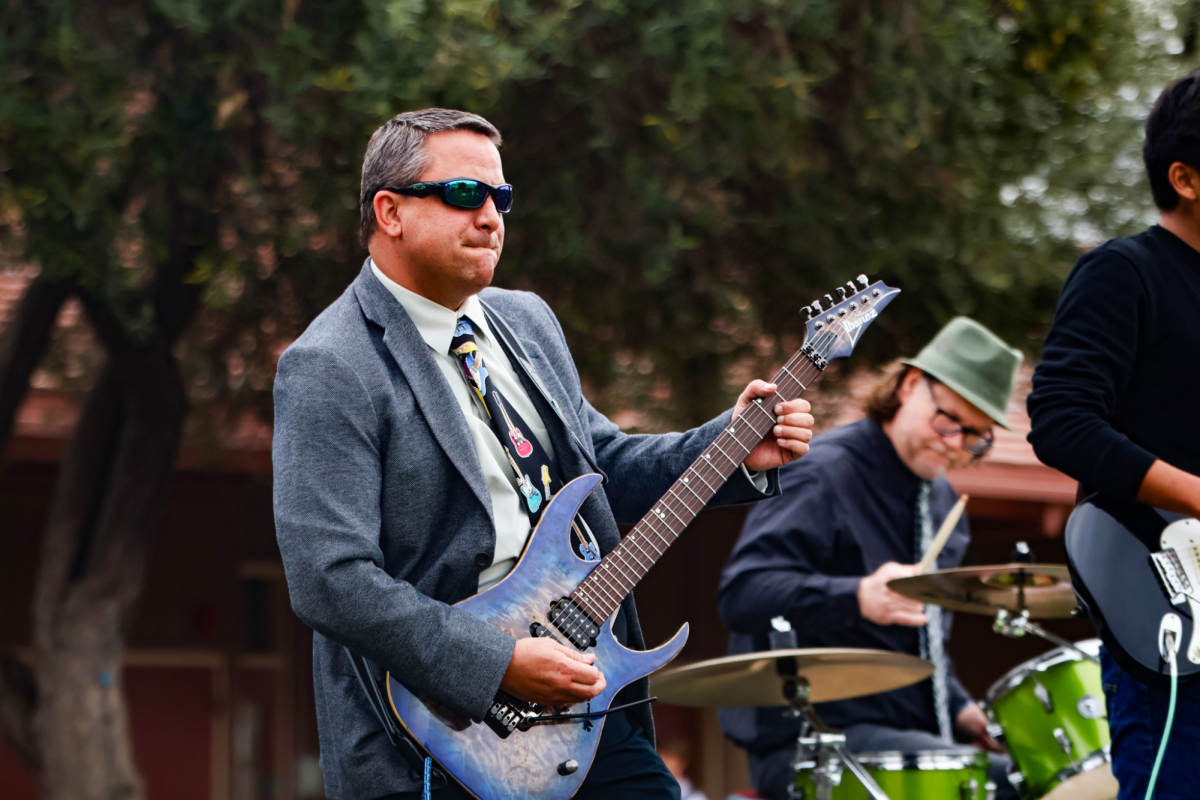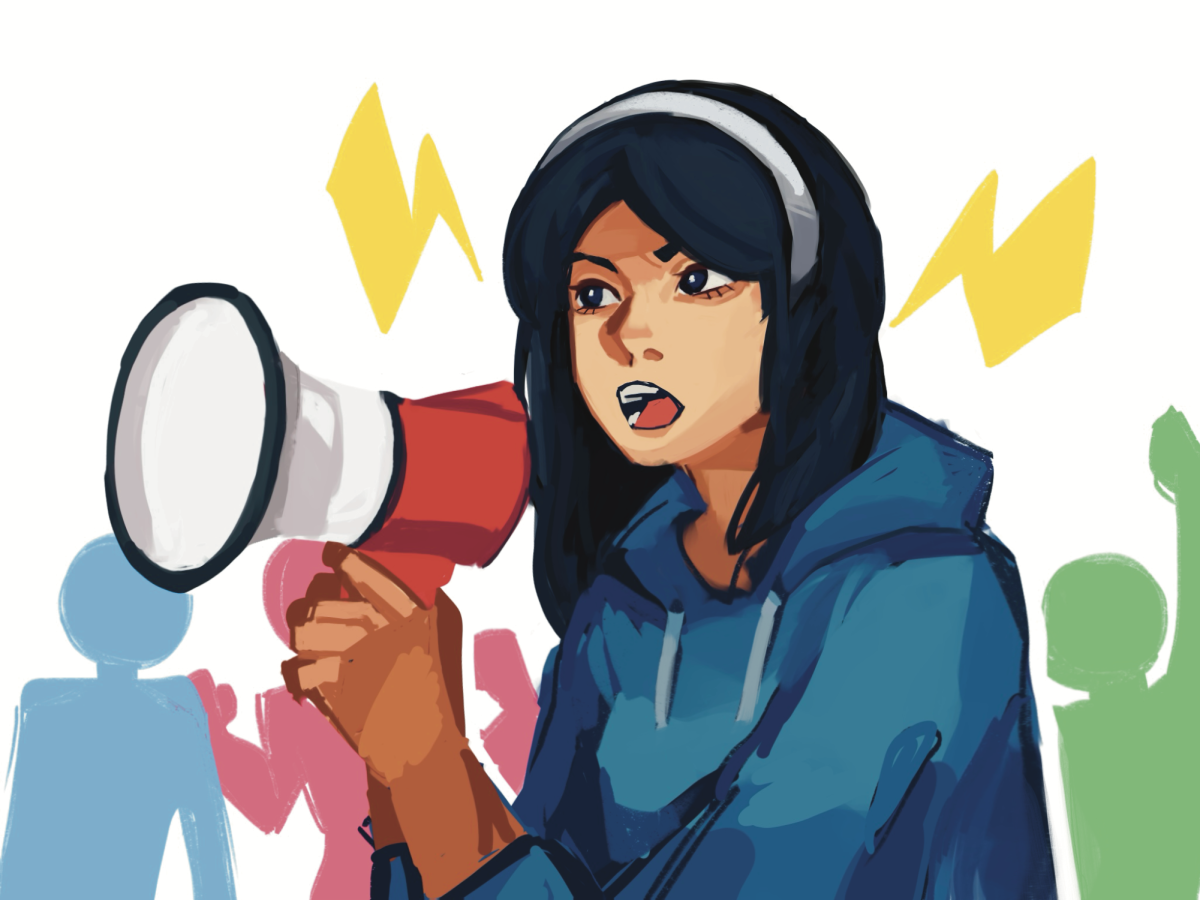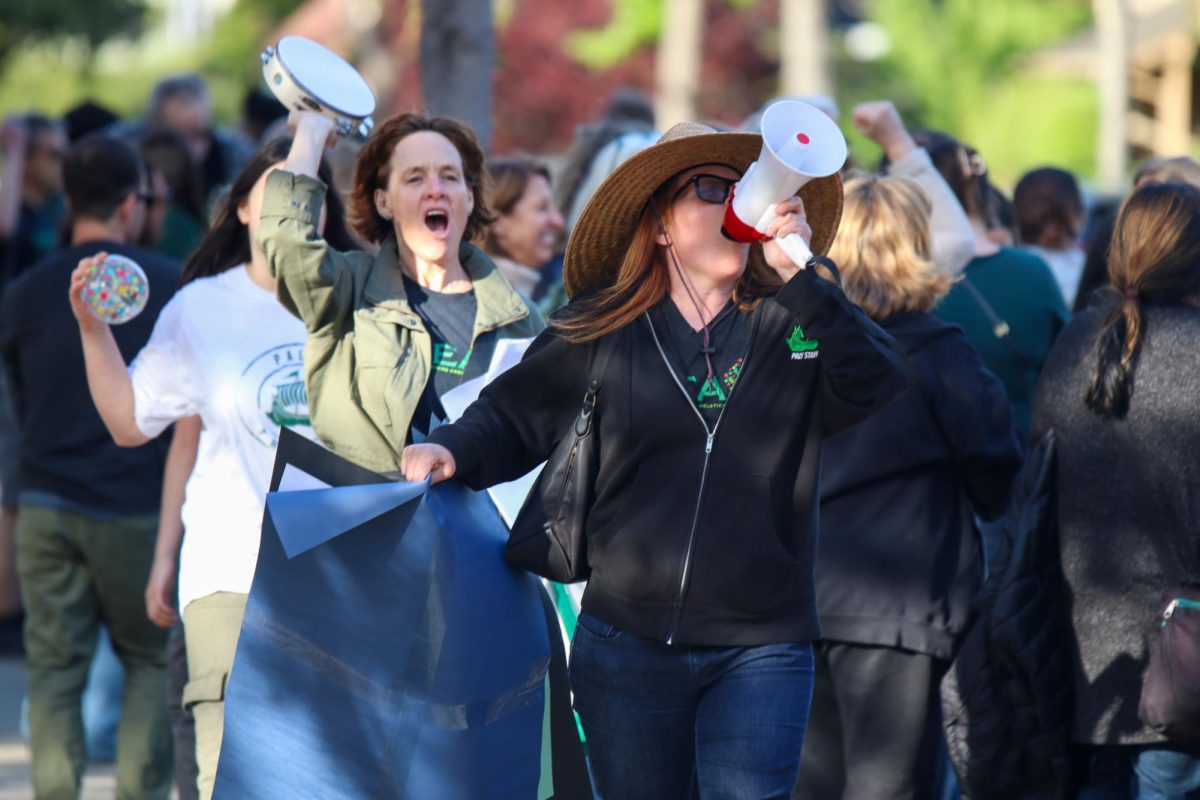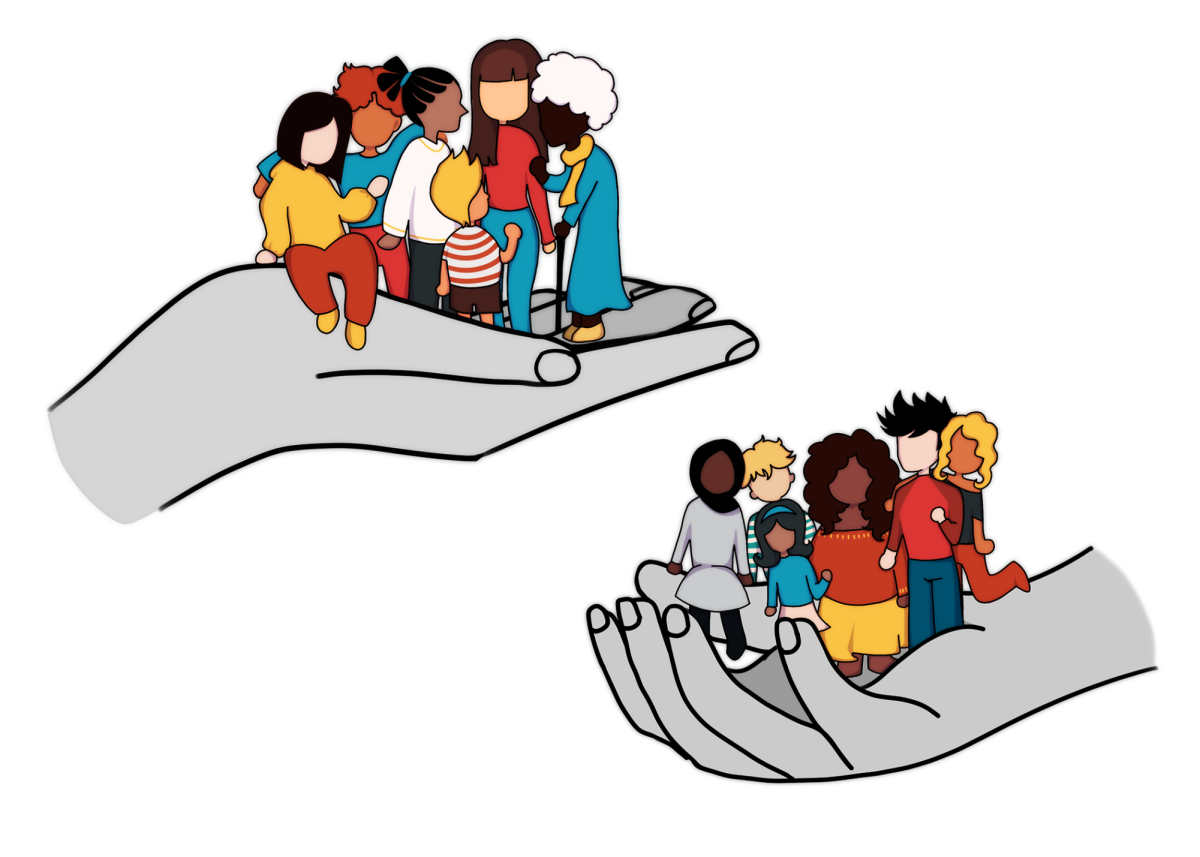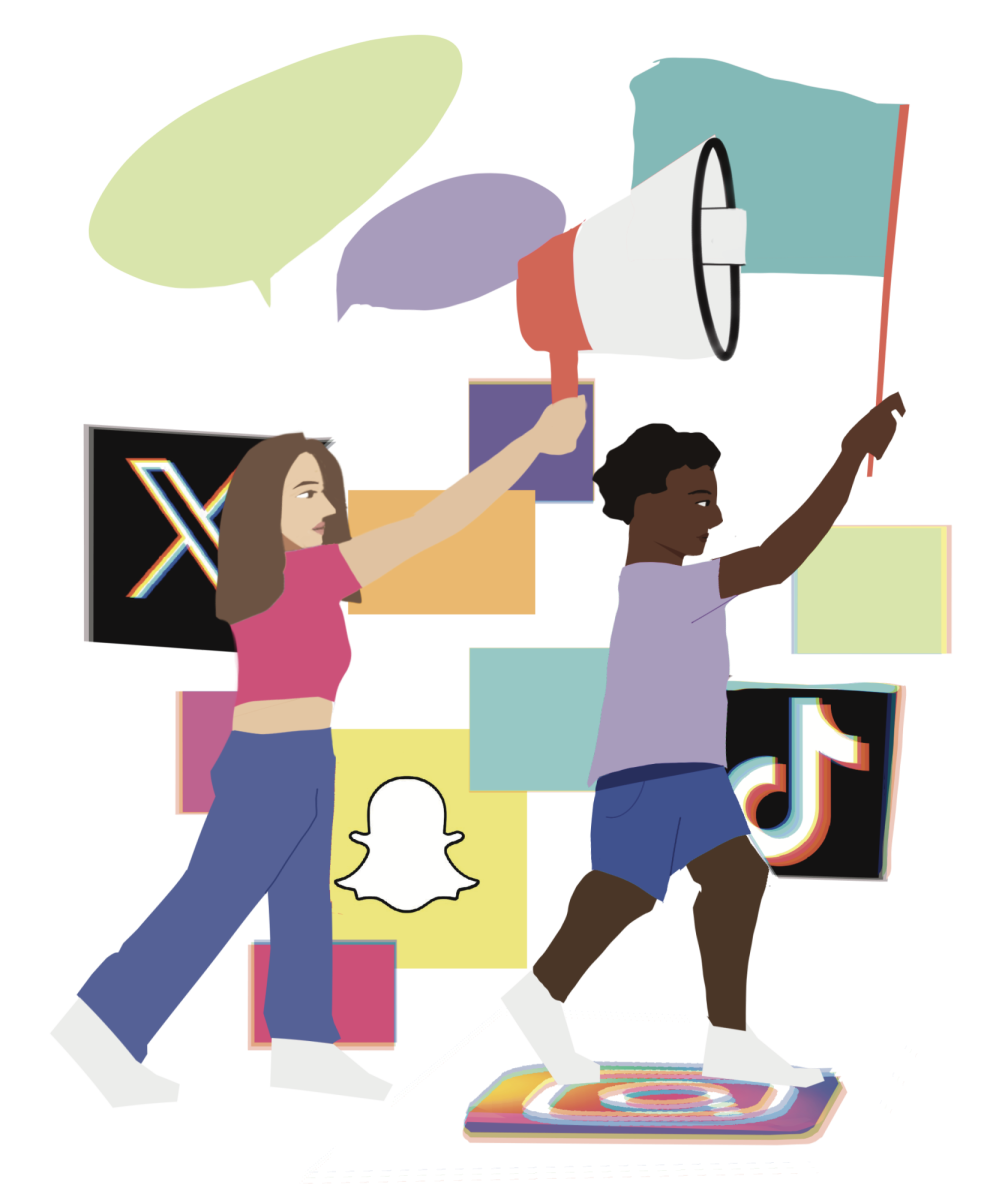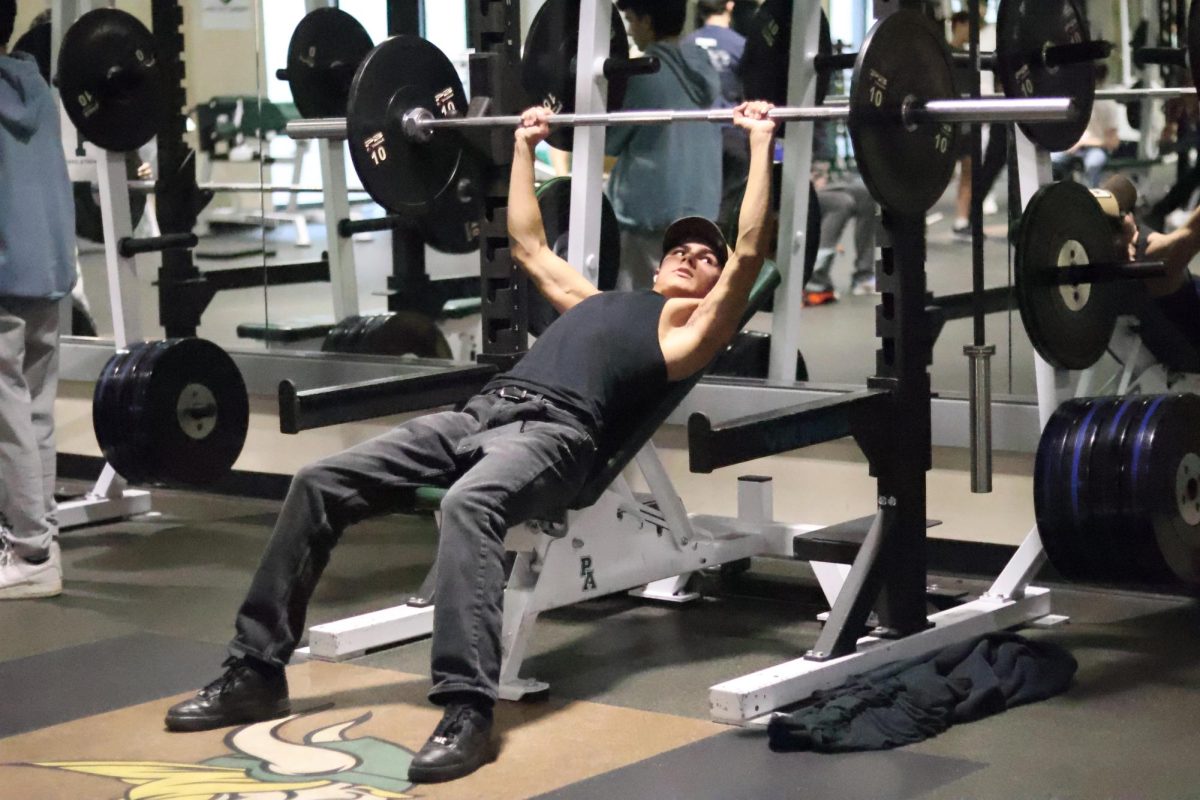A series of highlights, bolded text and more than 150 links encompass nearly a year’s worth of sophomore Kyle Lee’s research on everything from wage gaps and Trump’s views on gender identity to the Black Lives Matter movement and COVID-19 –– all located on one 34-page document. Nearly a year after its conception, Lee still uses his collection of research to fact check those around him whenever they bring up false information. The document, he said, is more relevant than ever in the current political climate.
“First, this began with the debunk session,” Lee said. “I wrote down everything (Trump) has done wrong … And I just kept going down this deep rabbit hole.”
Eight hours later, Lee said he not only emerged with the document, but also with a changed set of political beliefs and a skeptical view of the media.
“First, I actually was –– because my parents were –– a Democrat,” Lee said. “And I always thought like the people I oppose now… But when I actually researched, I found out that there’s a lot of stuff that isn’t true.”
With the power to shape conversations, criticisms and worldviews through the news it provides the general population, junior Anique Dittrich said concerns about bias in the media are more prevalent than ever.
“I think media bias has a lot more impact over us than we think it does,” Dittrich said. “For example, in school we watch CNN 10. Schools say they’re unbiased, but we’re watching CNN, which is generally a very democratic news source, so are they really unbiased?”
Kristy Blackburn, the adviser of Gunn High School’s student newspaper The Oracle, said everyone has a bias towards something, whether that be as small as someone’s preference towards their favorite cookie or as big as bias in the media. But she also said it is important not to eliminate, but rather acknowledge, biases in order to tell a powerful story.
“I think all respectable newspapers or publications acknowledge that, yes, we are biased, but also, we know our bias and seek out different information,” Blackburn said. “But I think when it comes to the media, everyone who is working hard as a journalist is trying to get facts and so they’re trying to be as fair as possible. It’s a little different than being biased –– they’re trying to get different parts of the story included.”
The media organization Allsides seeks to provide balanced news and present every side of the story through displaying daily top news stories from the left, center and right side of the political spectrum all on the same page. According to co-founder and CEO John Gable, Allsides has made it their mission to free people from filter bubbles so that they can better understand the world and each other.
“What we really focused on was trying to help people get out of their bubbles of information,” Gable said. “(We want people to) get out of the bubbles of their relationships and people that they know so that they can actually truly decide for themselves and so that they actually appreciate people who are different than they are and ideas that are different than (theirs).”
A study released by the Pew Research Center in January 2020 found that trust of the media is largely divided between political parties. According to the study, Democrats were more likely to trust the 30 news sources that were presented to them, and Republicans were more likely to distrust the same sources. Ultimately, people’s political parties largely affected their trust of the media and influenced how much they viewed a news source as biased.
According to AP Psychology teacher Chris Farina, whether something is biased can vary depending on an individual’s definition of the word. Farina said it is difficult for a fact everyone agrees on to be biased, but when the media selects what gets coverage and where information lands on a website, biases start to reveal themselves.
“Psychologists will tell you the way that you frame things or phrase things also matters too,” Farina said. “You can talk about the exact same issue with different language, and that’s going to color the way that it comes across, even if you’re talking about the same event.”
Junior Mathew Signorello-Katz said he thinks it is difficult for any form of media to be completely unbiased, especially when some sources being interviewed favor a perspective or lean toward one side of the political spectrum.
“You’ll have CNN, who is usually talking about the bad job that the President is doing,” Signorello-Katz said. “But then on Fox News, usually it’s the opposite; they will both kind of try to villainize each other’s side in order to push (their own) narrative.”
One thing Signorello-Katz tries to keep in mind when consuming media is the idea that there is always a motivation behind what information is presented.
“Whenever you have information presented, you’re always going to have someone in charge of the dissemination of that information,” Signorello-Katz said. “So they are going to take that information and use it, in the way in which they report on it, to fit a narrative that they are trying to tell.”
Although Gable said he agrees that the media industry allows for the spread of information that could be out of touch with reality, he said the bigger problems lie in modern journalism and its public perception. These problems are largely influenced by technology and the increase of filter bubbles.
“Our technology systems as they exist today filter (noise and information ) out in such a way that we become much more homogeneous, much more extreme and much less tolerant of any other idea or any other person,” Gable said. “And that’s really where the filter bubbles become a problem.”
In order to avoid only hearing from a single narrative, Lee, like Signorello-Katz, said he consumes information from a variety of news sources including the “Jurist,” the “Chicago Tribune,” “The New York Times,” “The Washington Post” and the White House’s website. But Lee said getting so much information from so many different sources has led him to develop a negative view of the media.
“The media is definitely spoon feeding the narrative that they want people to believe,” Lee said. “And I think that as a news source, it’s totally dishonest and definitely horrible that they’re trying to shift views towards one way and trying to push their agenda towards people who don’t quite know better.”
Gable said that when journalists get caught up in an idea or a story they want to cover, the events that they choose to highlight are frequently shaped by what lens they are looking at the event from. As a result, when the public gets information from two different news organizations covering the same event, this contrast in what they are seeing or reading can give them reason to question the validity of the news.
“There’s reality and hyperbole around fake news,” Gable said. “There is a problem on the left and right –– and of course, (Trump) tends to just point out the problems on the left –– where people either report something that’s just demonstrably not true, or really highlight something that’s true at a one percent level and make it look like that’s 100% true.”
Justin Raisner, the Carlmont High School media adviser and president-elect of the Journalism Education Association of Northern California, said he thinks the term “fake news” has been used in a way that tries to discredit and take control of a news media’s reporting.
“I think it is just so disingenuous, and it’s not fair to anyone for what they’re doing,” Raisner said. “It’s trying to control the narrative… and the way it’s used, ‘fake news’ is honestly poisonous to the national discourse.”
And Blackburn said the idea of fake news combined with the term “media bias” has sometimes been used to trigger people to disengage from the media altogether.
“When I think people claim the media is biased, they’re claiming they don’t want people to acknowledge the facts that are being reported and they’d rather use them for their own spin,” Blackburn said. “They’re trying to discredit the media, and one way of doing that is to say that they’re biased.”
But for Sarah Nichols, adviser of Whitney High School media and president of the Journalism Education Association, it’s the negative perception of the media combined with a political climate that is cut and dry makes people engage with the media in a potentially dangerous way.
“The coverage out there is just going to solidify or confirm existing viewpoints; it’s not going to really change anyone’s mind,” Nichols said. “It’s really just kind of like a constant hum of confirming existing viewpoints. So I can see why a lot of people just retreat from it or just decide to not engage in media at all because it’s at a breaking point.”
Today, despite its ability to polarize, inflame arguments and spread misinformation, the internet is also a tool and a source of knowledge –– one that if used with a curious mindset, has the potential to change the way we respond to and think about each other and the world.
“We have the internet, and the internet has a lot on it,” senior Jackson Bundy said. “And I think it’s up to you as a person just to do research –– find out what you believe and not have your viewpoints decided by just one news source.”
Junior Madison Abbassi also agrees with the idea that it is important to get information from a variety of sources. She said she often looks for news that does not target a certain audience or demographic but rather writes for everyone.
“In the news that I read and that I consume, I look to see that its goal is to inform instead of manipulating or trying to push a specific idea or side of the argument more than another,” Abbassi said. “But I also want to see all sides of an argument and see what points each side’s looking at.”
And although not everyone may find themselves in need of a 34-page document researching media and political truths, being a questioning consumer of the news is something everyone has the resources to do. And Lee said it’s the first step toward having a conversation about politics, and about bias in the news media.
“We have to talk –– people have to talk, to fix these certain problems,” Lee said. “We have to come to some consensus, to some sort of middle ground to help.”

